Yellowtail rockfish
Sebastes flavidusYellowtail rockfish can live to be over 60 years old. Researchers can gauge the age of fish by analyzing their otoliths (ear bones), which grow in annual patterns like tree rings.
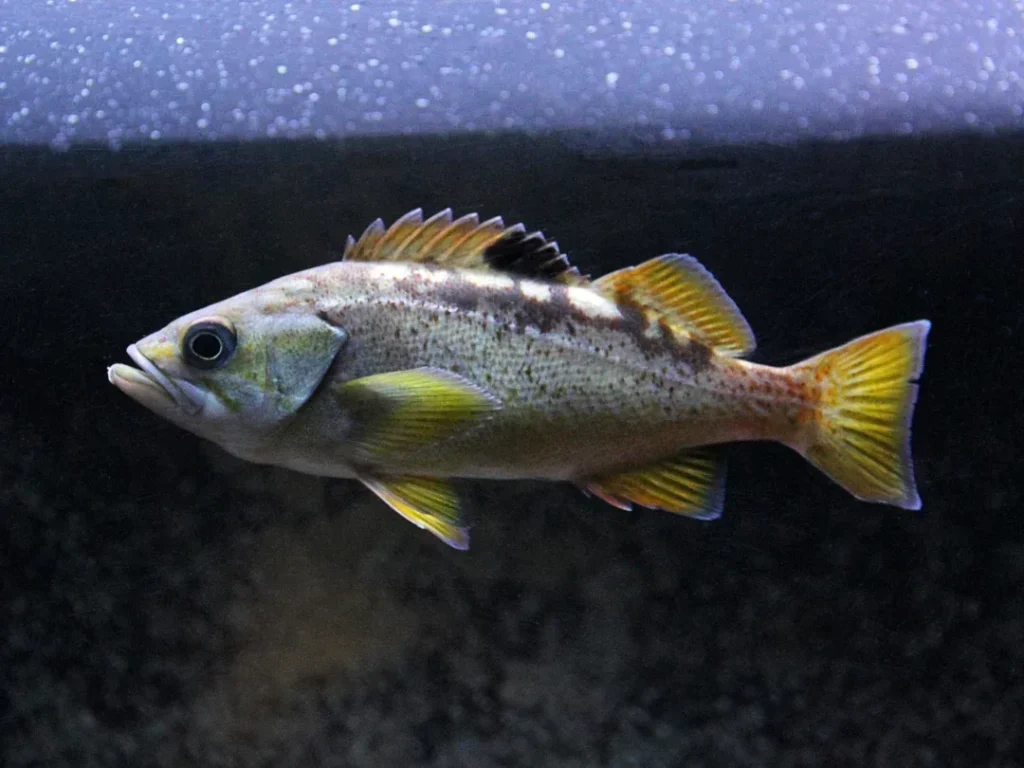
Yellowtail rockfish can live to be over 60 years old. Researchers can gauge the age of fish by analyzing their otoliths (ear bones), which grow in annual patterns like tree rings.

Elderly rockfish have age-related health needs, just like aging humans. Two of the yelloweye rockfish in our care needed to have an eye surgically removed to preserve their health.
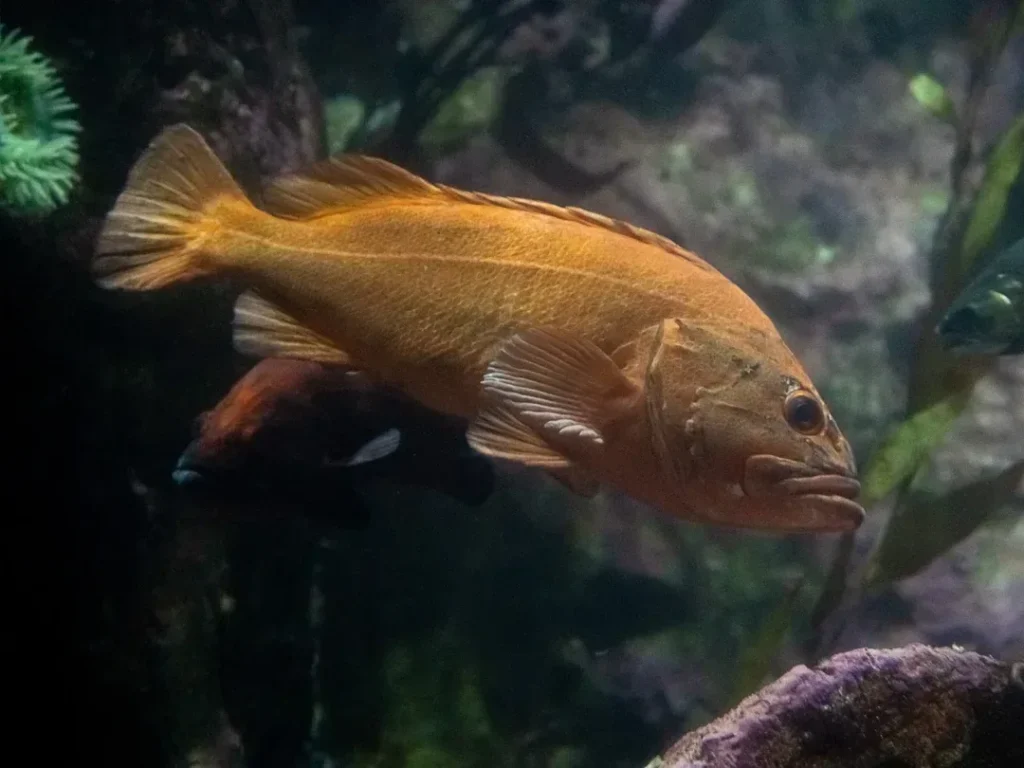
Widow rockfish are found at depths ranging from 80 to 1,200 feet below the surface, with both juveniles and adults living together in large schools close to or above rocky reefs.
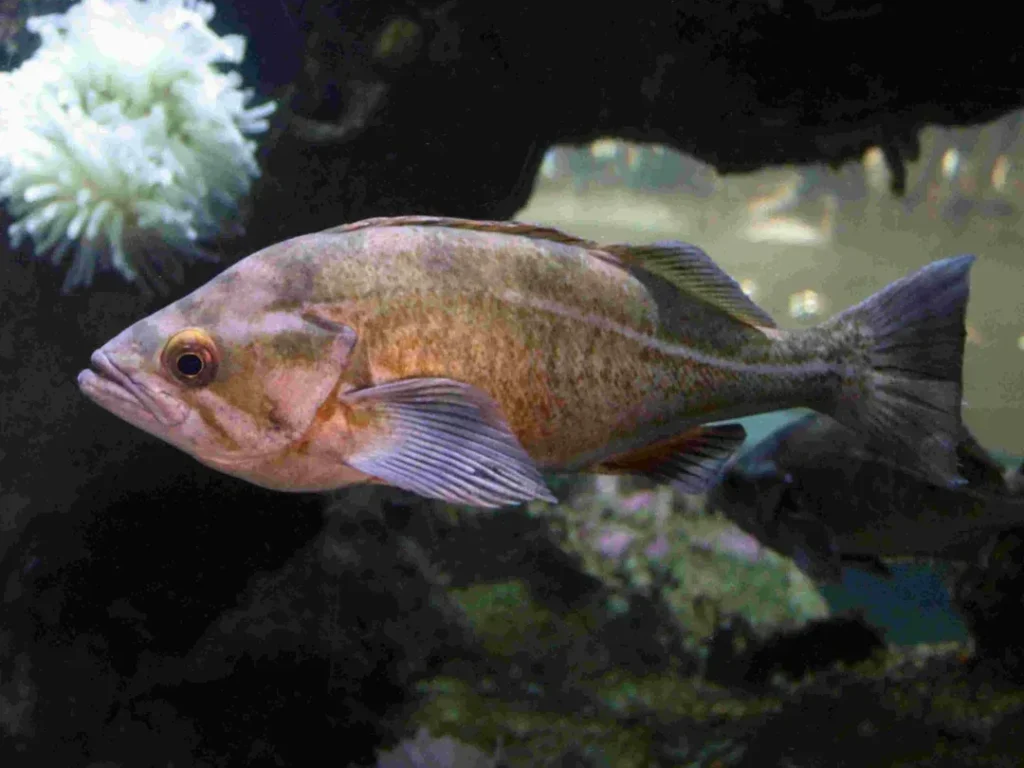
Mottled stars may be tricky to identify because they're found in a wide range of colors—from darker shades of brown and bluish-gray to lighter hues of rust, orange and pink.

Native to the Pacific coast, this anemone species is one of the largest in the world, capable of growing up to nearly 10 inches tall with a diameter of more than 3 feet!
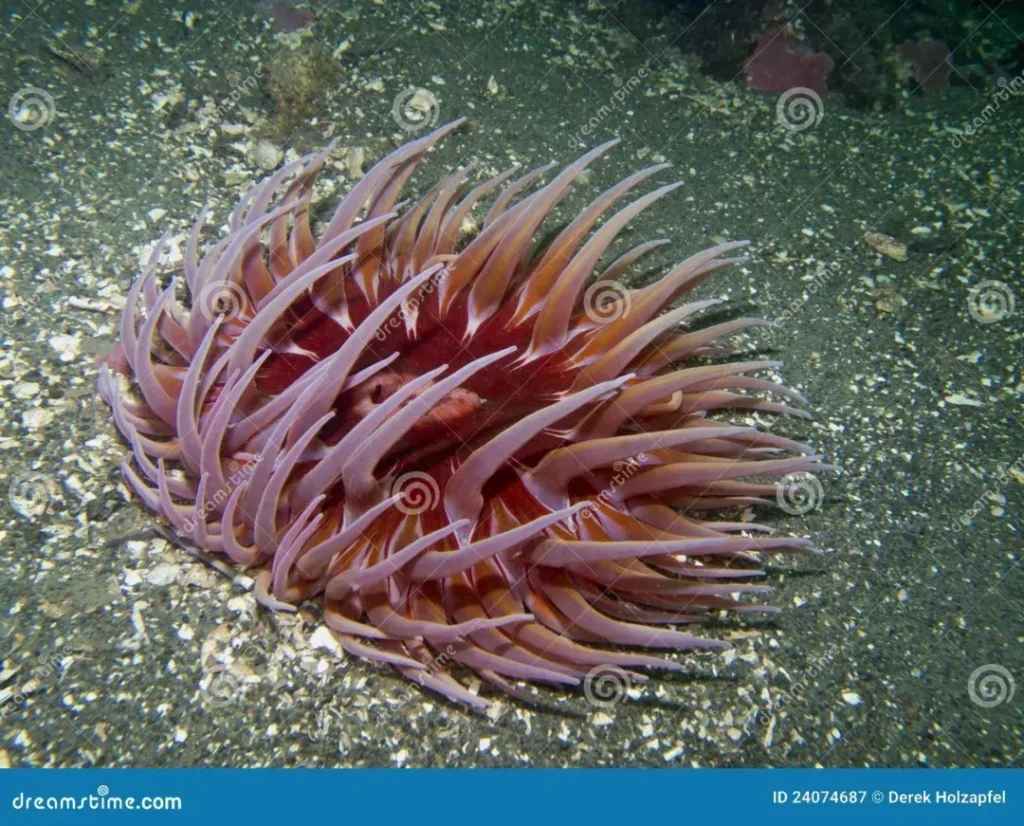
Starry flounders are flatfish—they're side swimmers (with their bodies positioned horizontally instead of vertically) and have two eyes on the upward-facing side of their head.
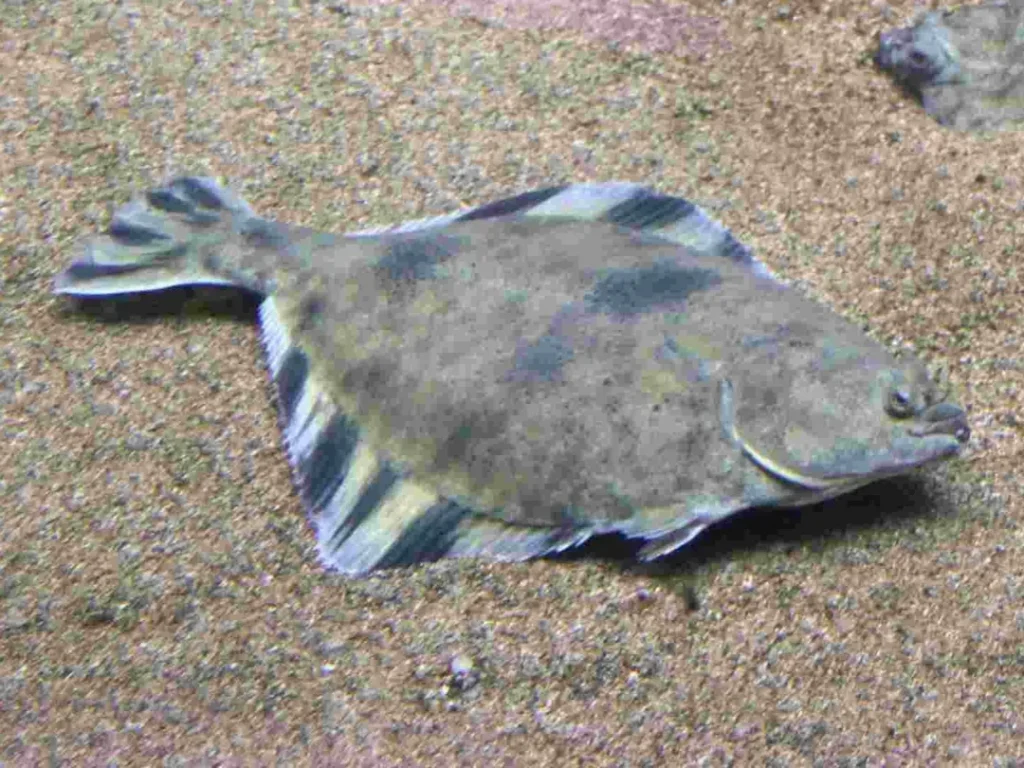
Like their namesakes on land, tiger rockfish are known for their distinctive markings. These reclusive fish may rapidly change color when the light changes or they become stressed.
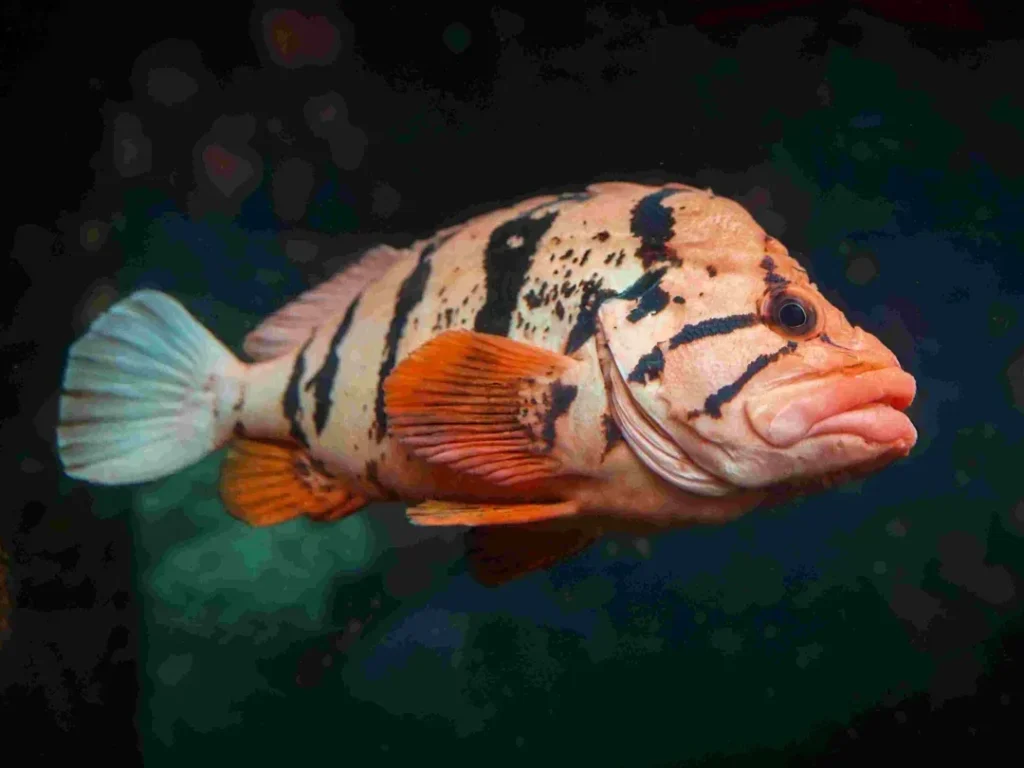
These rockfish, named for their red bodies and fins, tend to form small schools and are found around rocky reefs at depths ranging from 20 feet to over 800 feet below the surface.
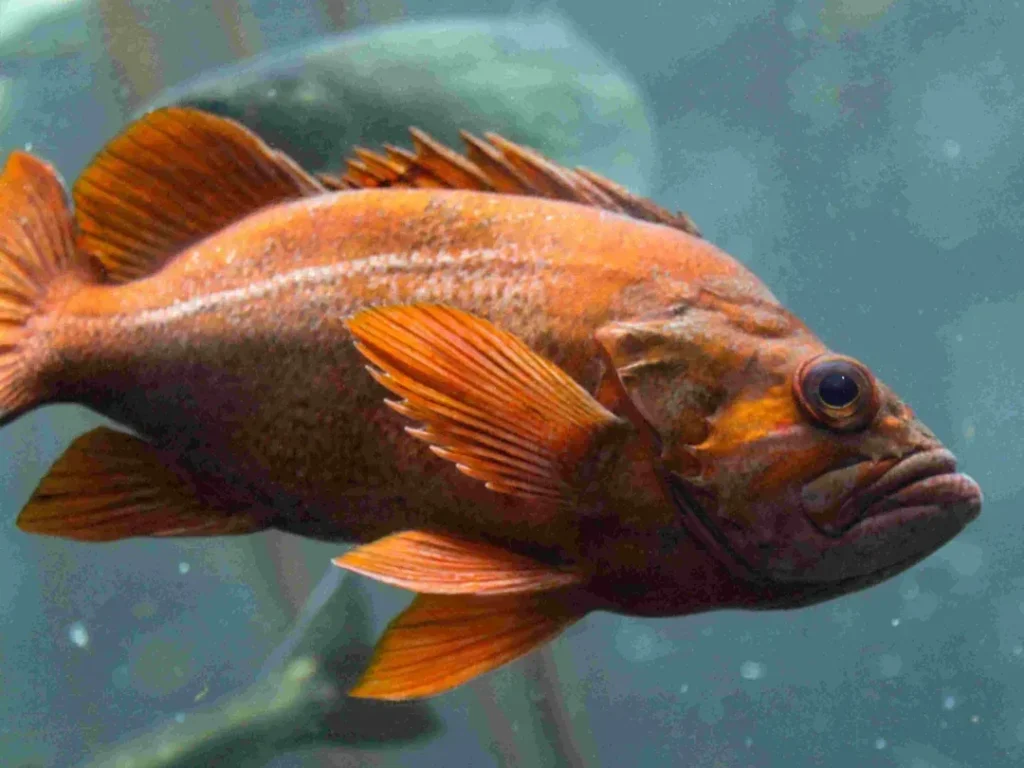
White sturgeons spend a significant portion of their lives in estuaries—where rivers meet the sea, resulting in what is called brackish water.
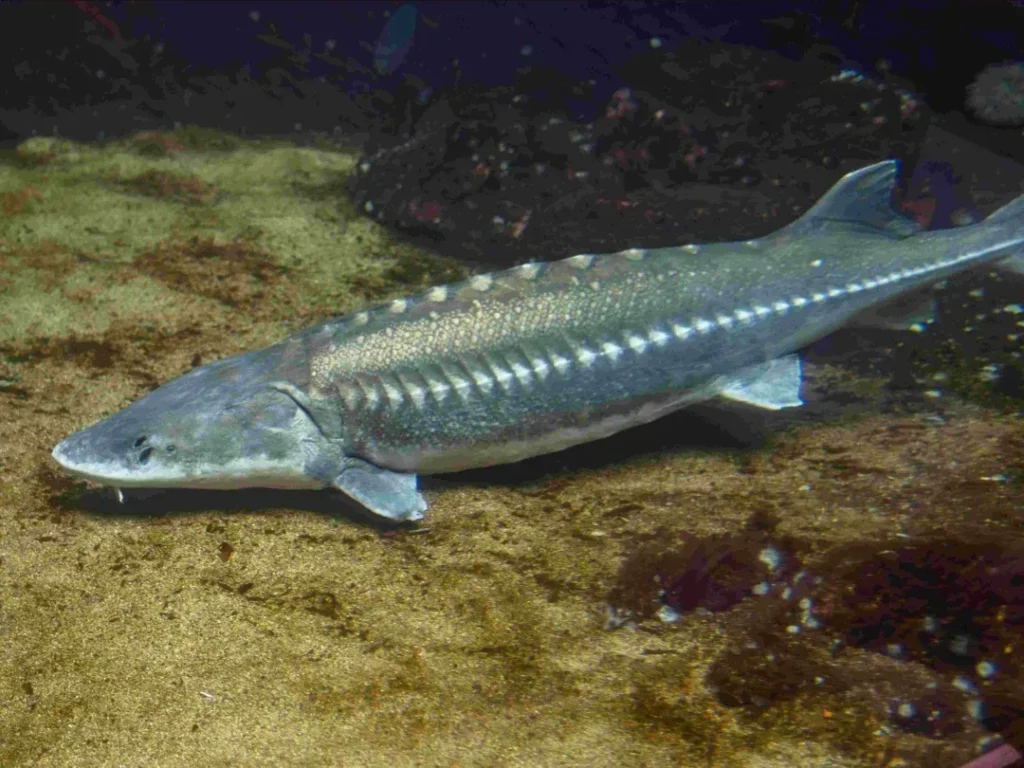
One look at the column, or body, of this invertebrate (animal without a backbone) makes it clear why they're also called strawberry anemones!
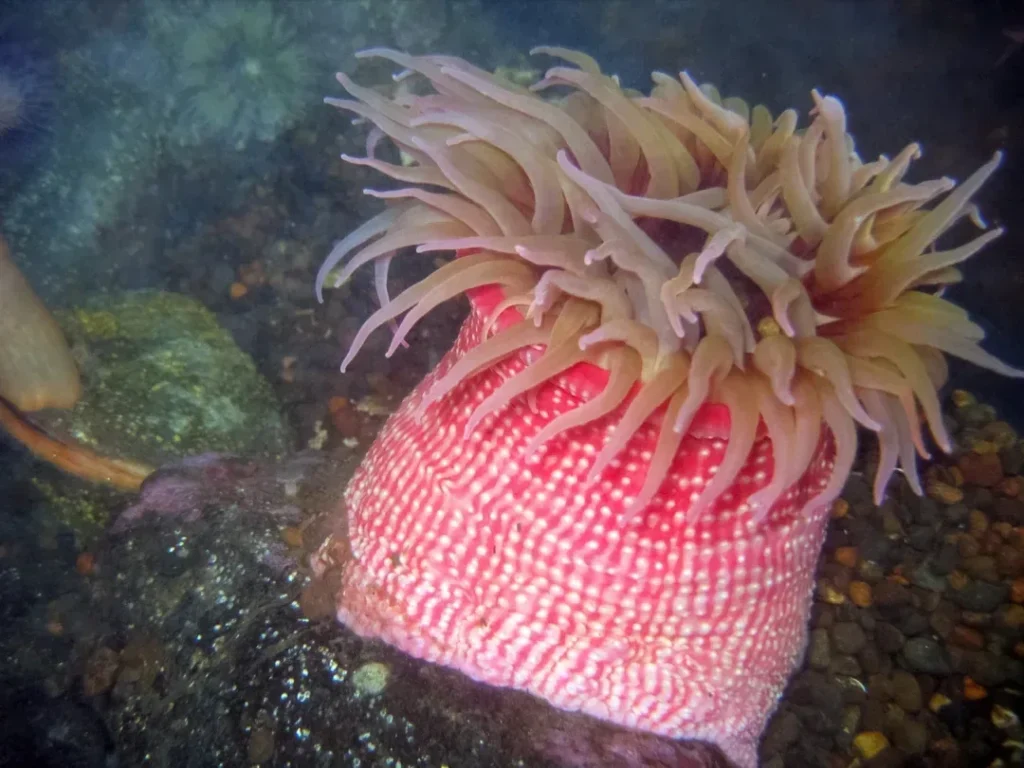
Sablefish are also known as black cod—but they're not actually a cod species. They're one of two members of Anoplopomatidae family and can live to be over 90 years old!
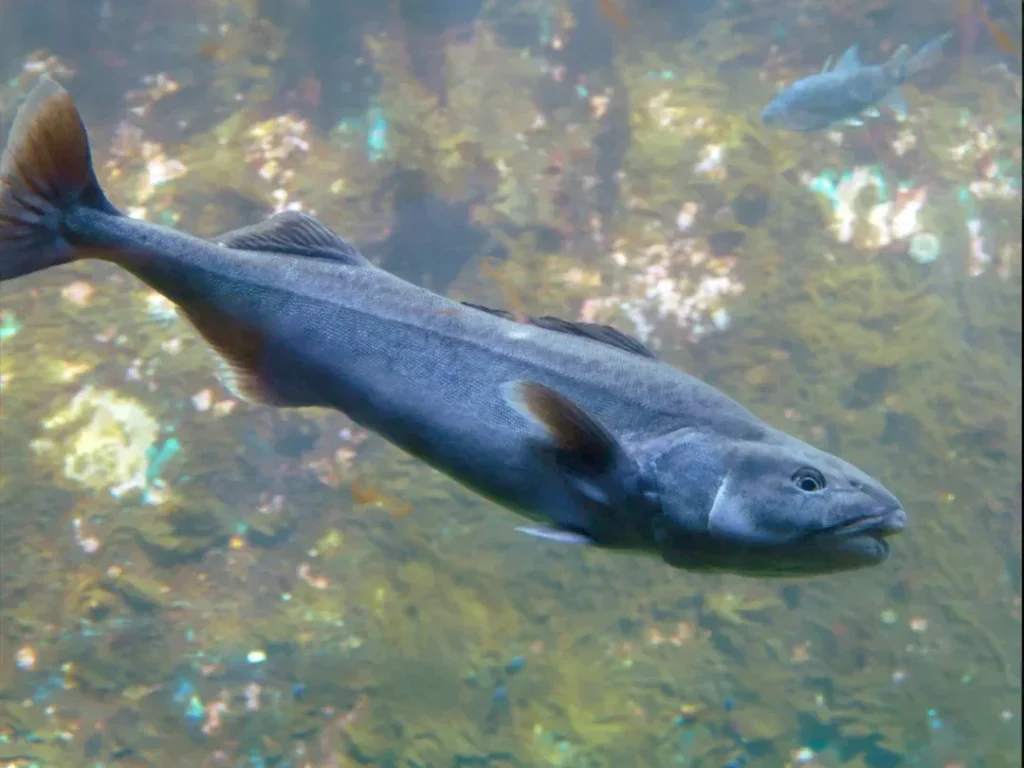
Despite the rosy rockfish's bold coloration, predators can't spot them in deep waters because red light can't penetrate that far below the surface—making them look gray!
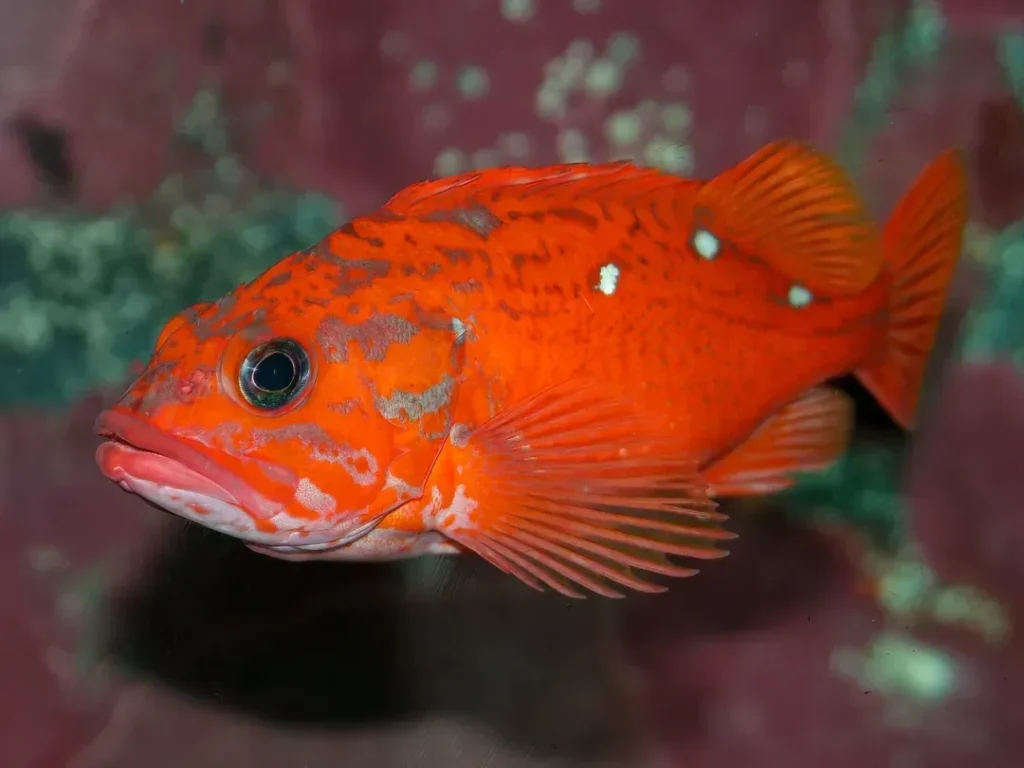
These crabs are a common sight at low tide. Juveniles may be mistaken for young Dungeness crabs if their pincers don't yet have the black tips that are distinctive to the species.
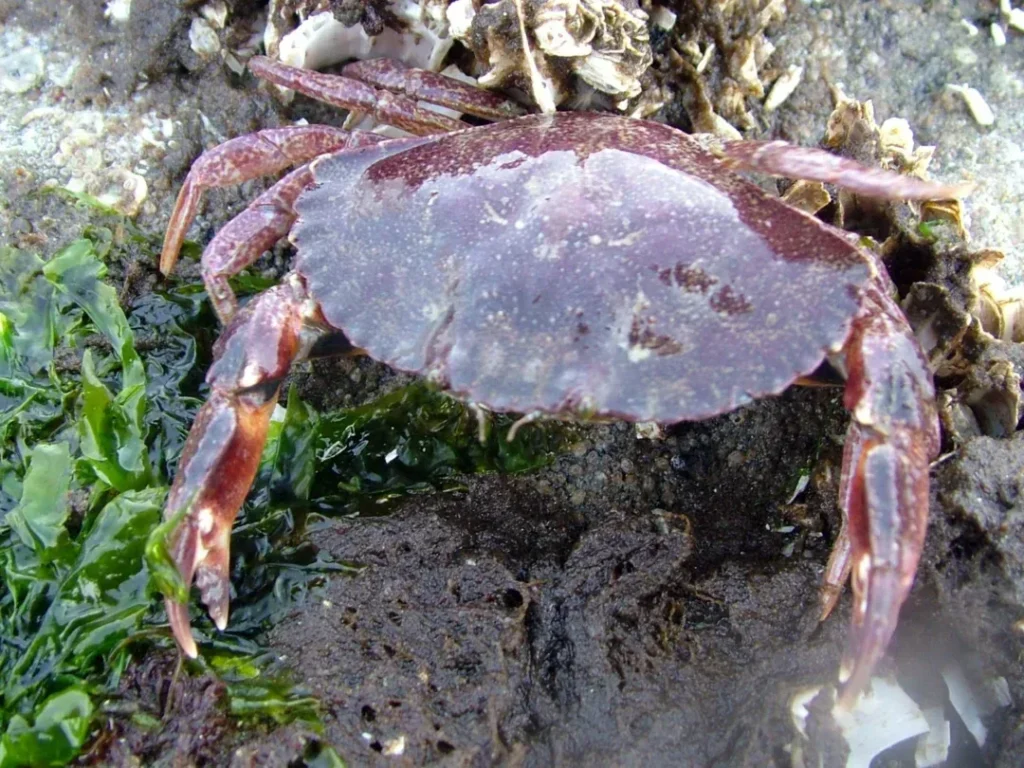
With their spiky dorsal (top) fins, quillback rockfish are aptly named. This solitary species inhabits rocky reef and kelp beds. The oldest recorded individual was 90 years old!
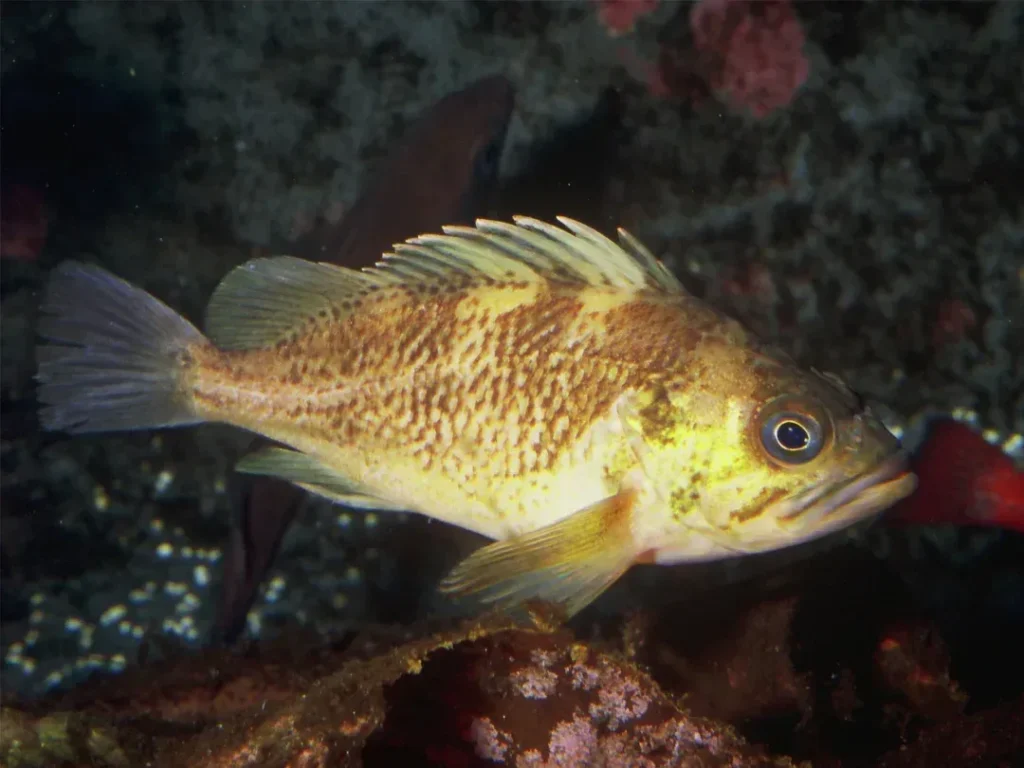
Puget Sound rockfish are one of the smallest of 100+ rockfish species worldwide. Size and color vary by species but large eyes/mouths and jutting lower jaws are common features.
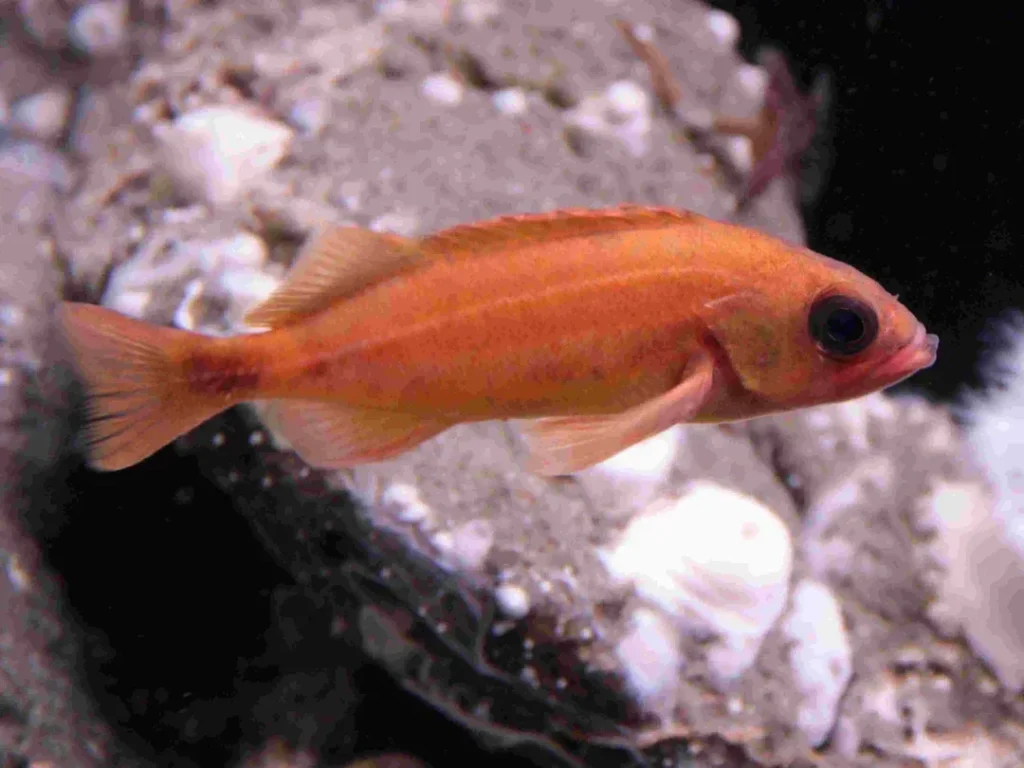
Ochre sea stars may be purple, red, orange, yellow or brownish. Like all sea stars, they bring their stomachs outside of their bodies to engulf and digest their prey!
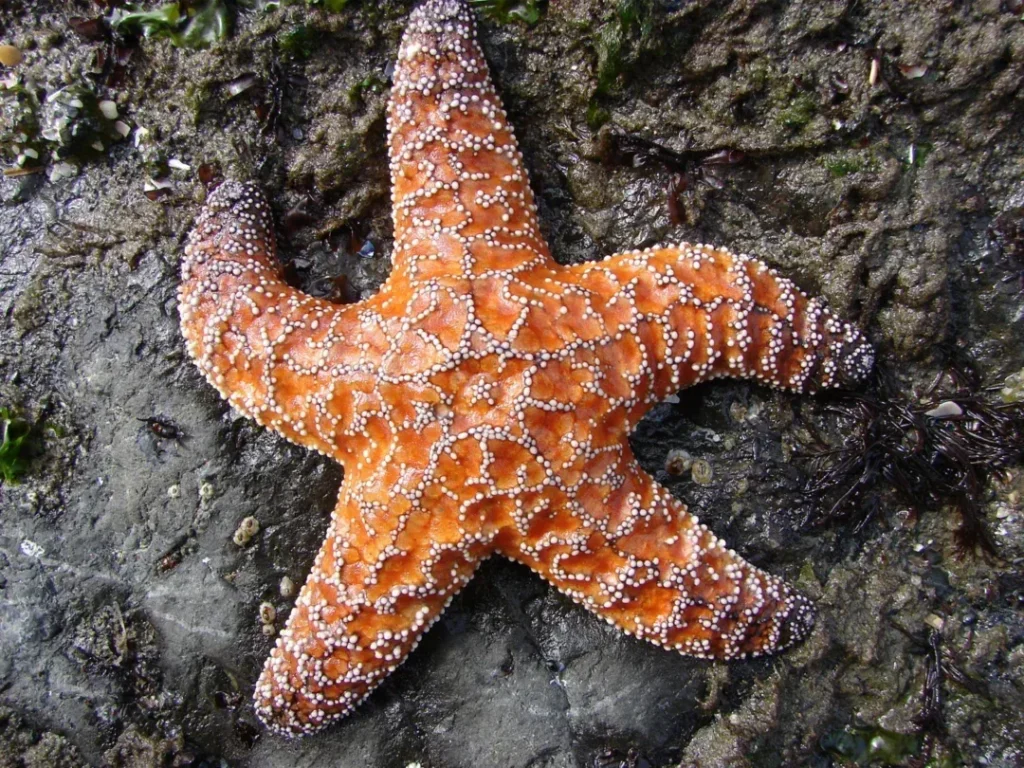
These silvery fish tend to be seen along rocky shorelines—especially around kelp forests, rocky reefs and pilings—from fairly shallow waters to depths of about 150 feet.
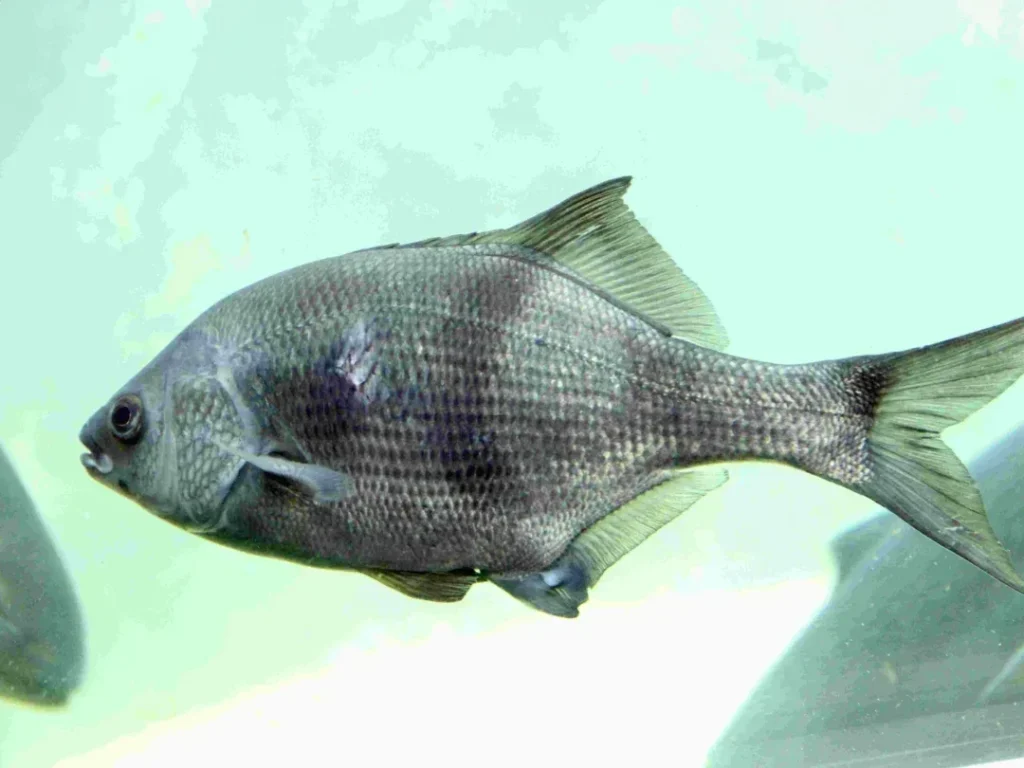
Also known as the Christmas anemone, the painted anemone is common throughout the intertidal zone (the area where the ocean meets the land between low and high tides).
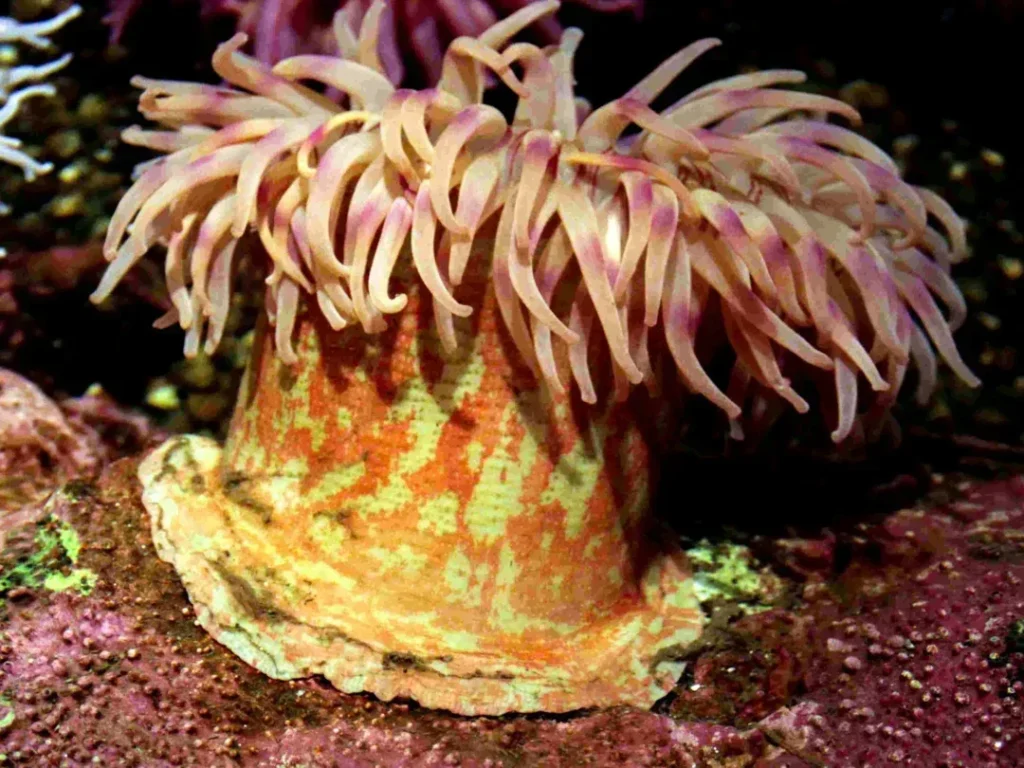
Although their name suggests a vivid red color, Pacific blood stars may also be orange, tan or even purple. This species loves to feast on sponges in the intertidal zone.
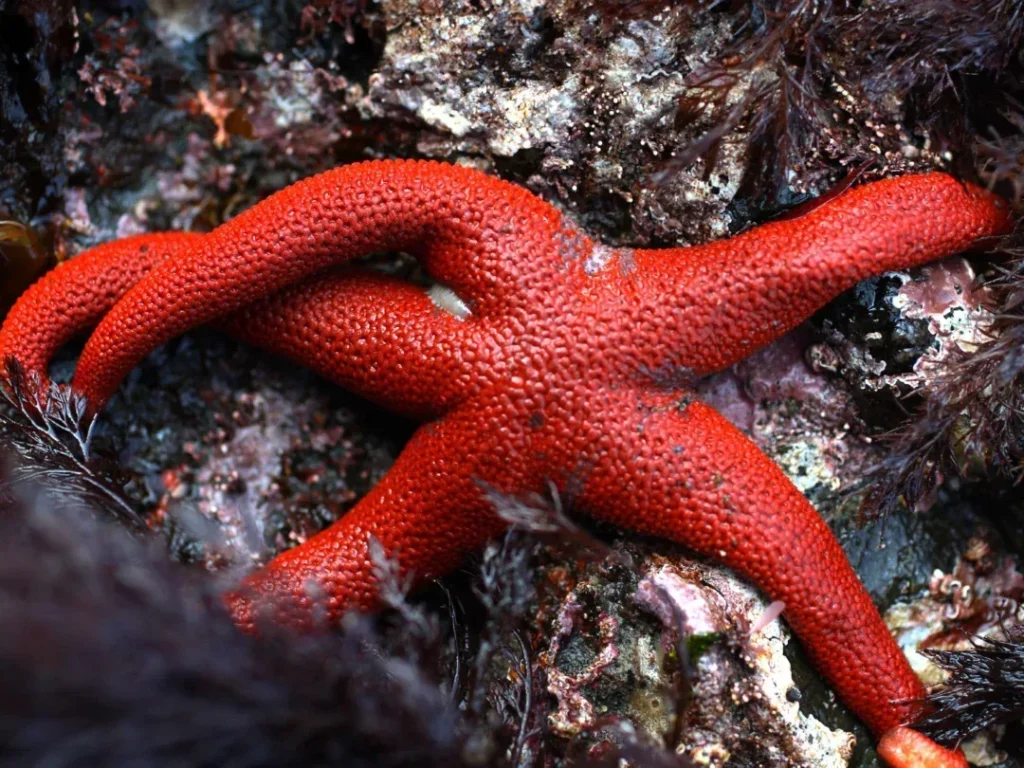
Contrary to their names, these fish aren't cods—they're greenlings. These voracious predators have 18 sharp teeth and can grow to be over 5 feet long and weigh more than 80 pounds.
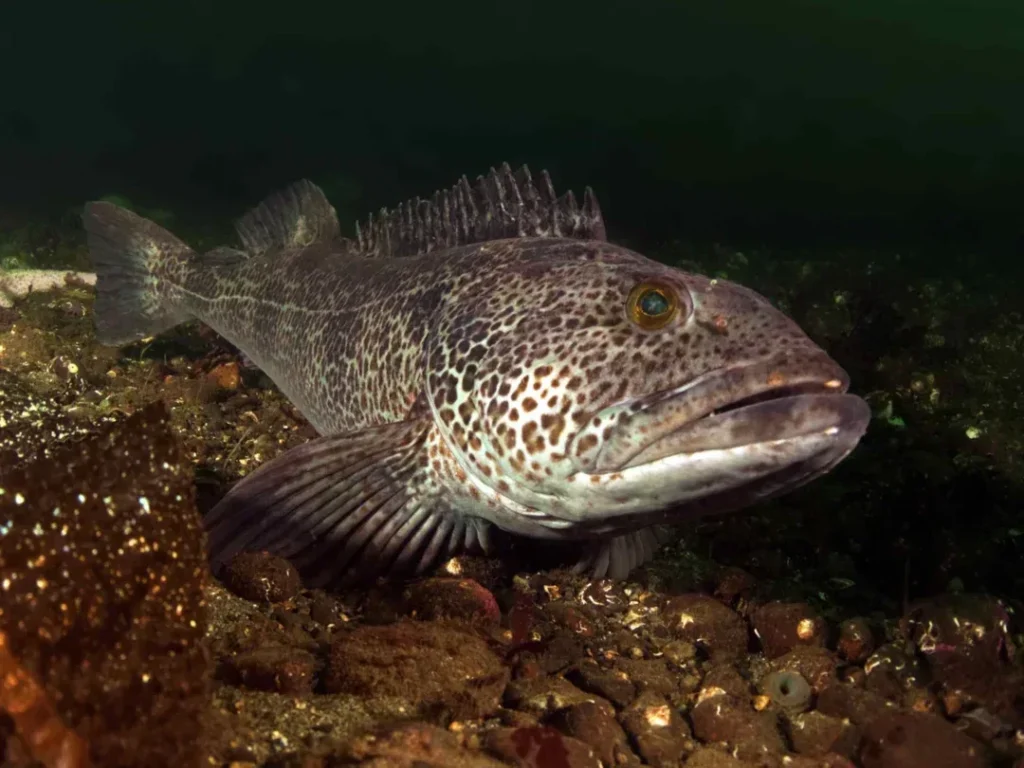
Leather stars get their names from the texture on top of their bodies: it's leathery and slick. Fast fact: these invertebrates (animals without backbones) smell like garlic!
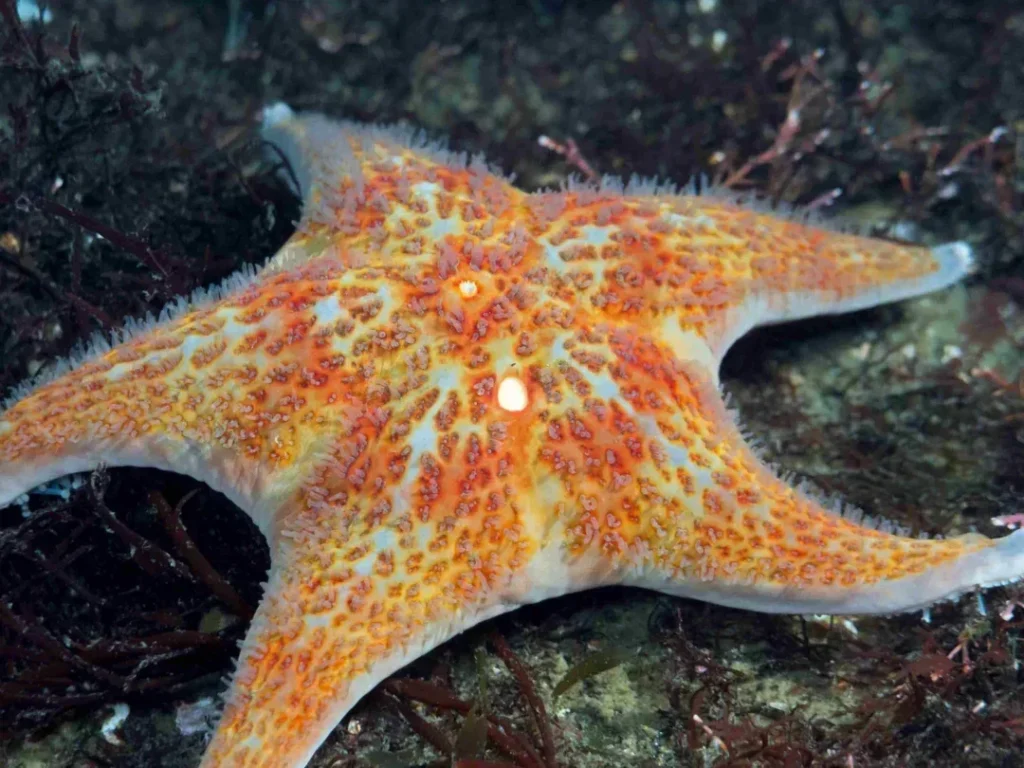
Unlike most fish, the males and females of this species do not look alike. Males are gray or dull brown with blue spots. Females are blue or gray with orange spots and fins.
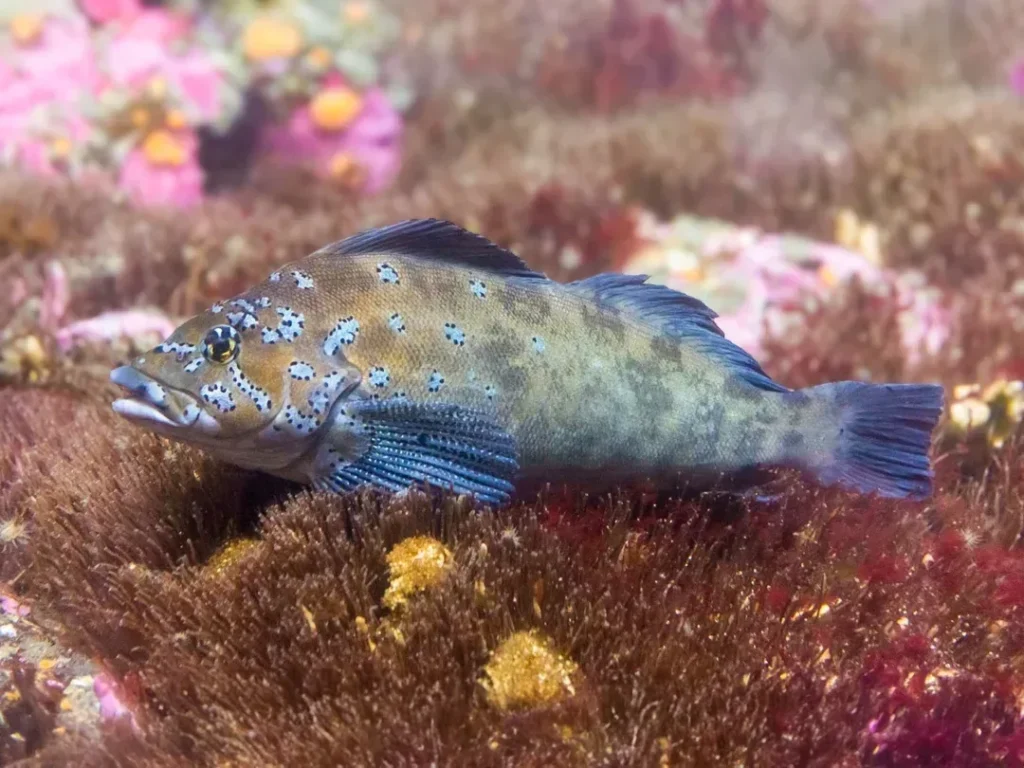
Chitons are mollusks related to snails and octopuses. Gumboot chitons scrape algae from rocks using their strong teeth, which are capped with a tough, magnetic material.
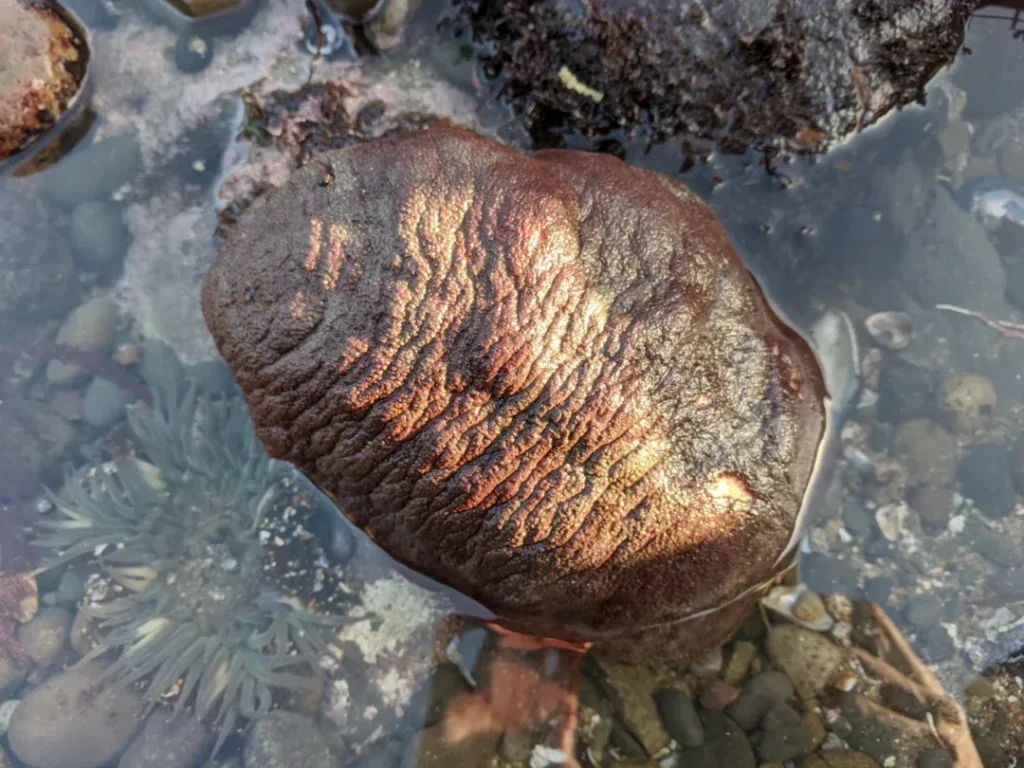
Like all sturgeon, green sturgeon have no teeth! Instead, they use their protruding lip-like mouths to catch their food, including invertebrates and small fish.
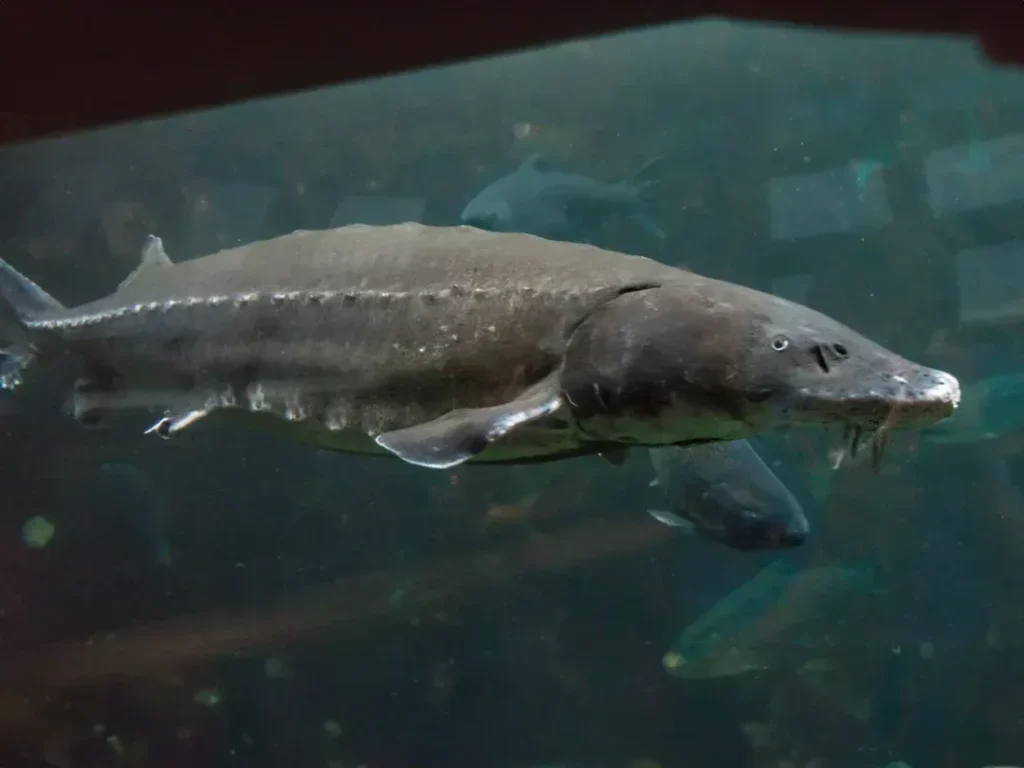
A sea urchin's mouth is called “Aristotle's lantern.” The green sea urchin uses a complex system of muscles to maneuver its mouth and graze on algae with its strong, sharp teeth.

Like many rockfish, copper rockfish spend their youth in shallower waters before heading out to deeper waters, where they inhabit rocky reefs.
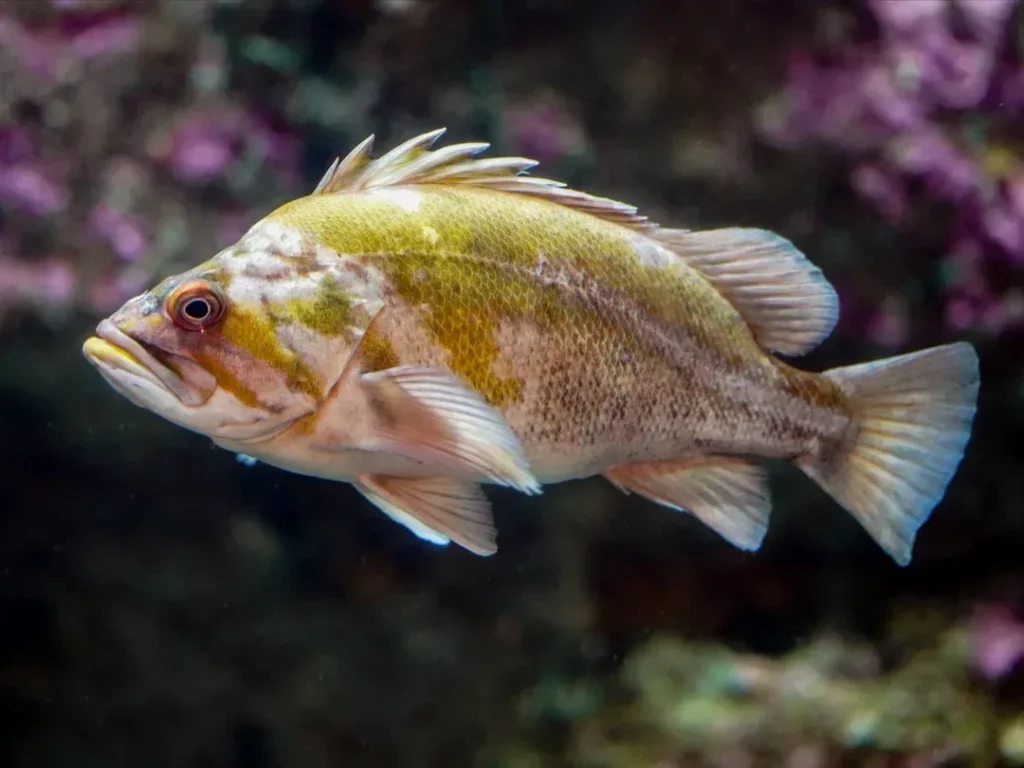
Like many rockfish, this vibrant species has a long lifespan. Canary rockfish can live up to 75 years! They tend to move to deeper waters as they grow.
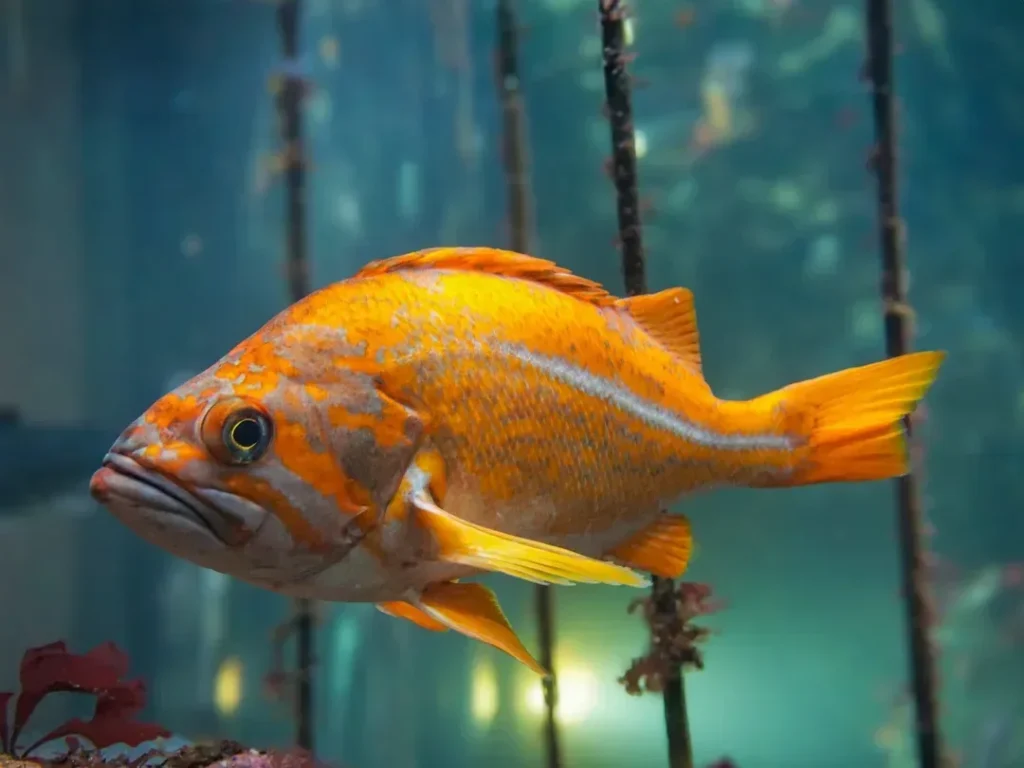
This colorful species is territorial and likes to stay in one area for most of its life. But they are known to share rocky spaces with giant Pacific octopuses.
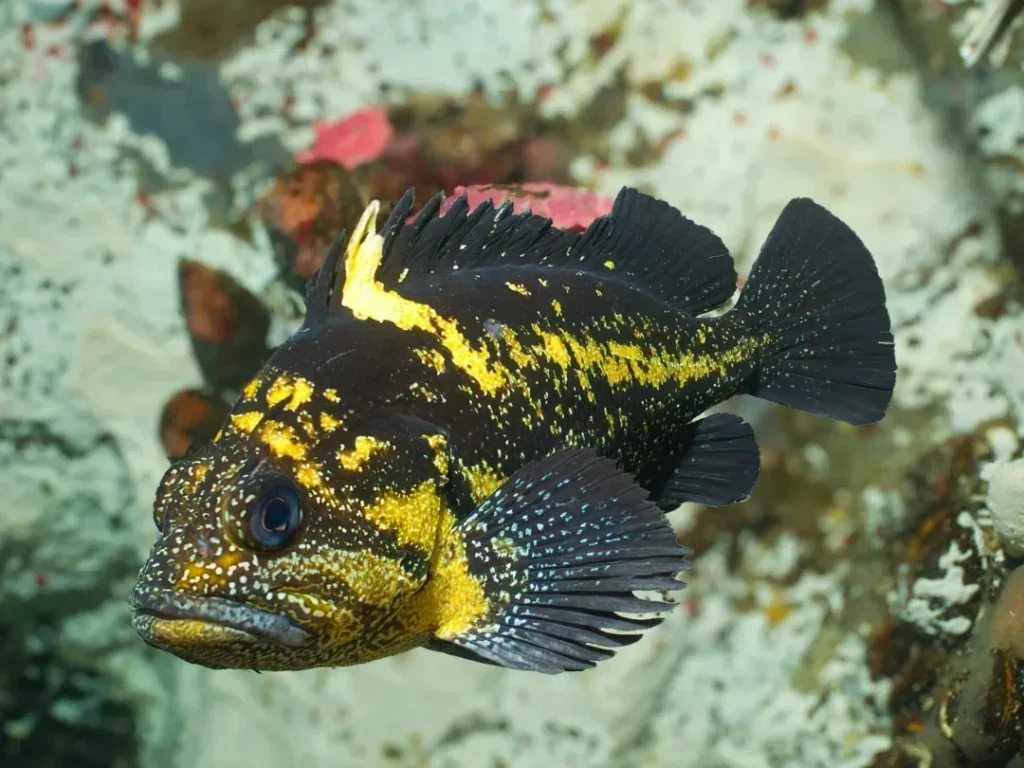
Like all Pacific salmon, Chinook salmon are anadromous. They start out life in fresh water, move to the ocean for adulthood, and then return to their waters of origin to spawn.
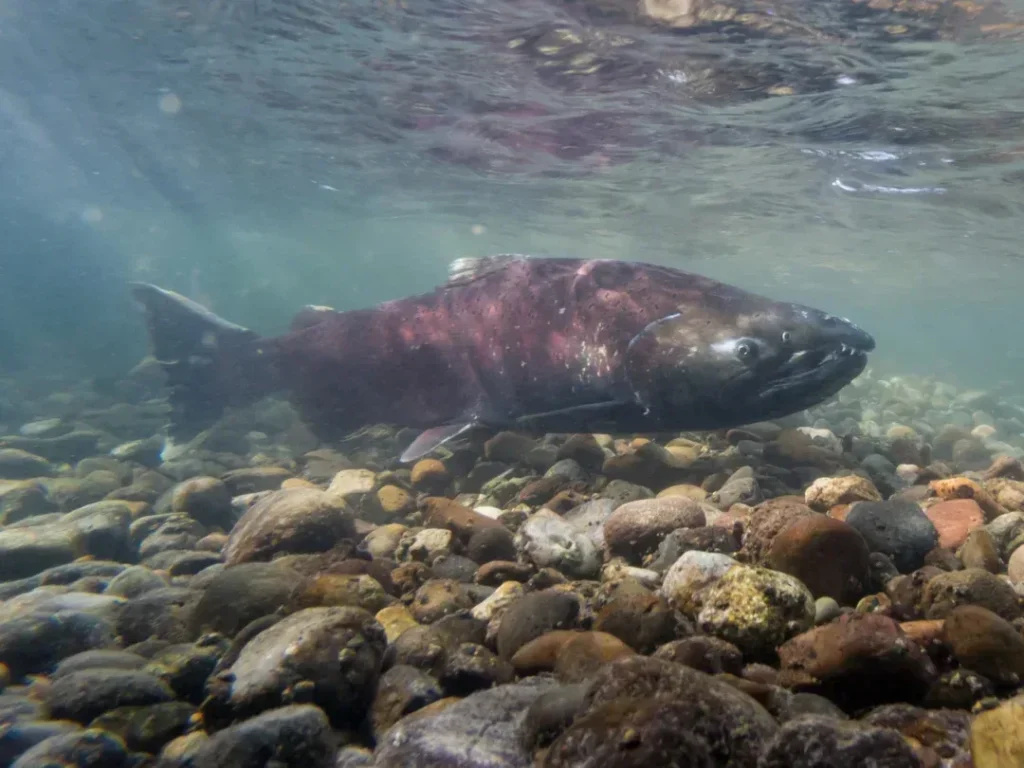
Juvenile coho salmon eat small organisms like insects and plankton, but adults prey mostly on other fish, including young pink and chum salmon.
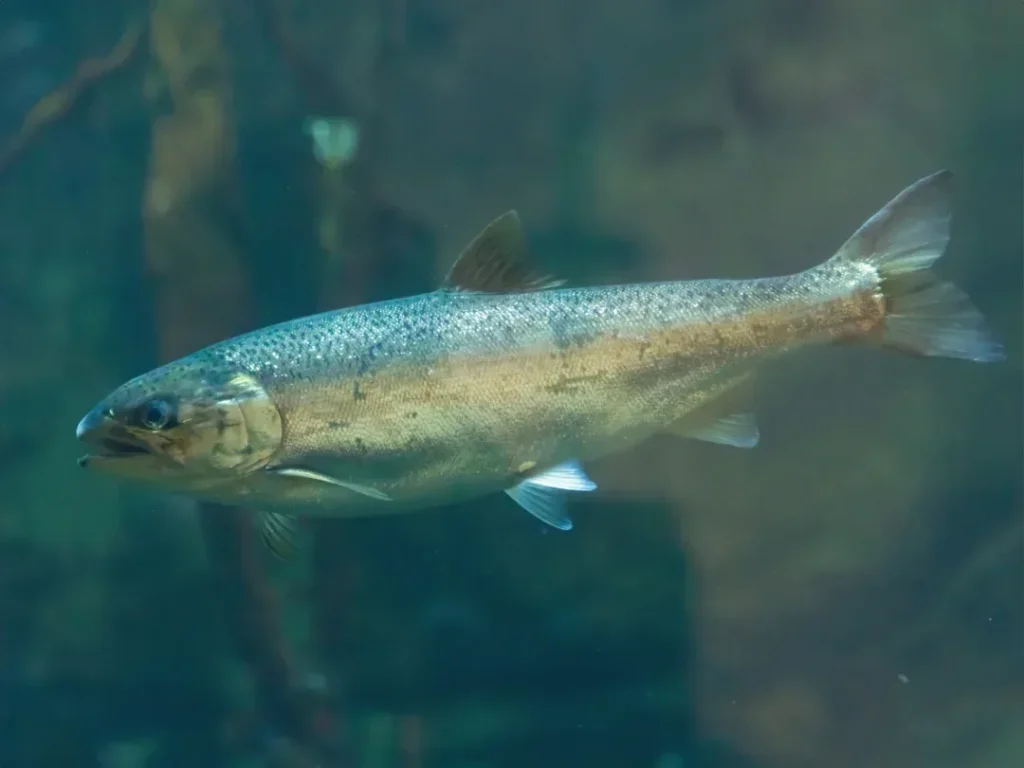
The deacon rockfish was originally thought to be the same species as the blue rockfish, but in 2015 scientists confirmed the two are distinct.
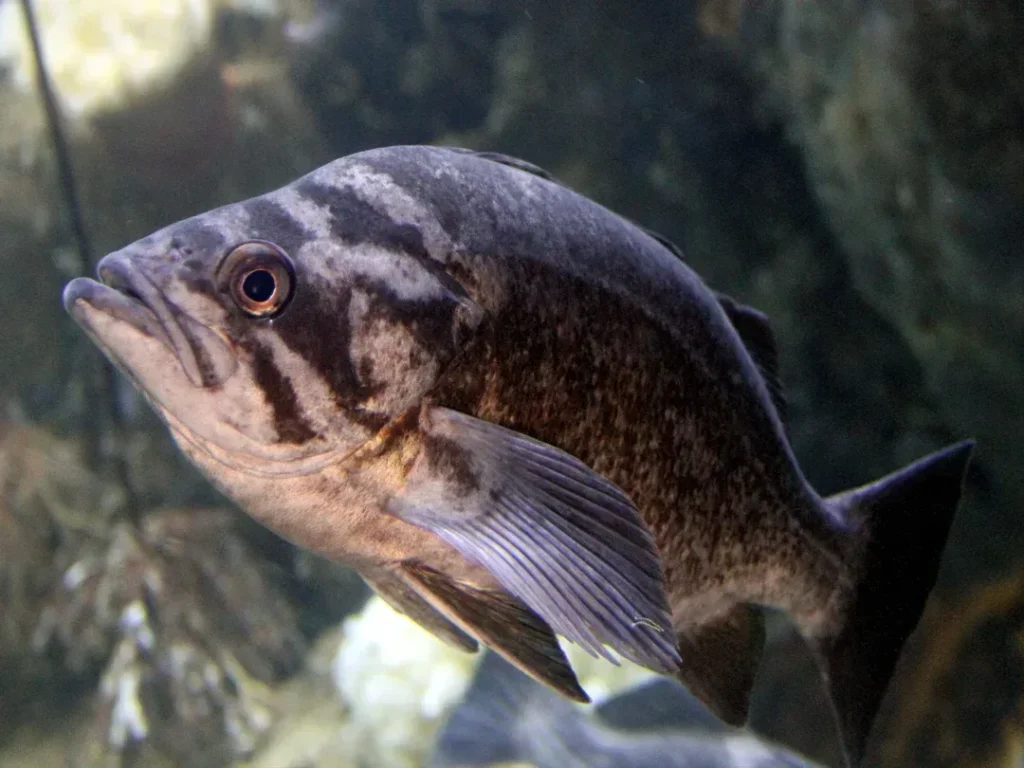
True to their name, these anemones eat small fish, as well as shrimp and other invertebrates. They use their venomous nematocytes and strong tentacles to bring down prey.
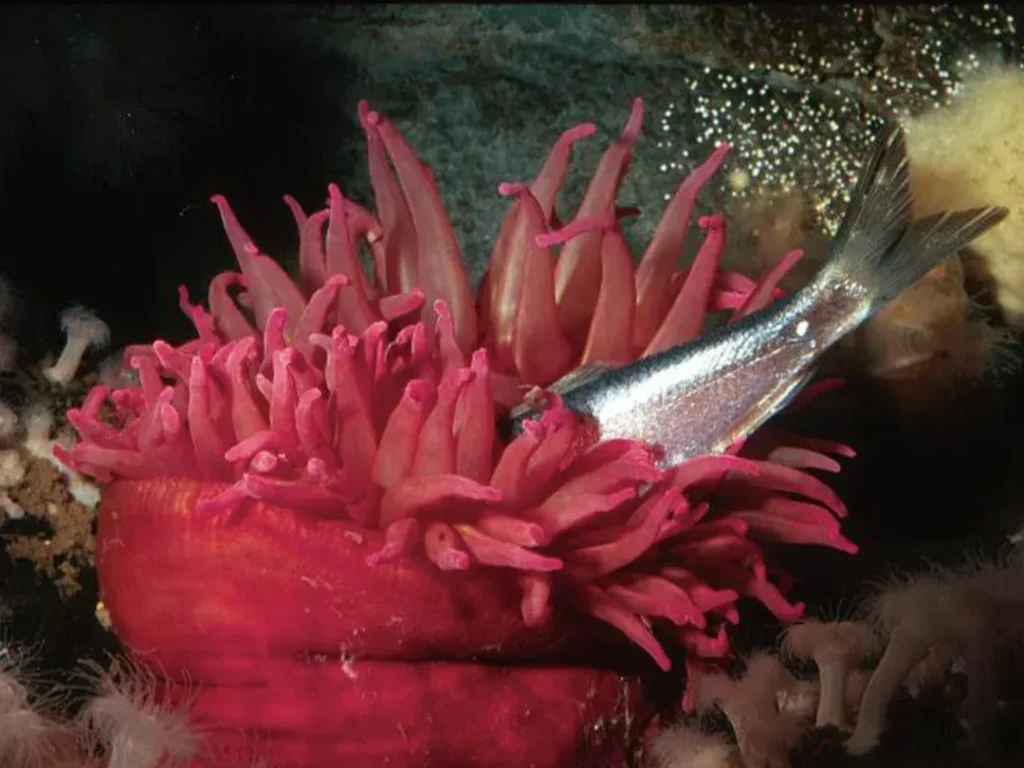
Black rockfish spines are venomous, though they don't pose much danger to humans. They eat fish, crustaceans and mollusks. These fish can live to be 50 years old!
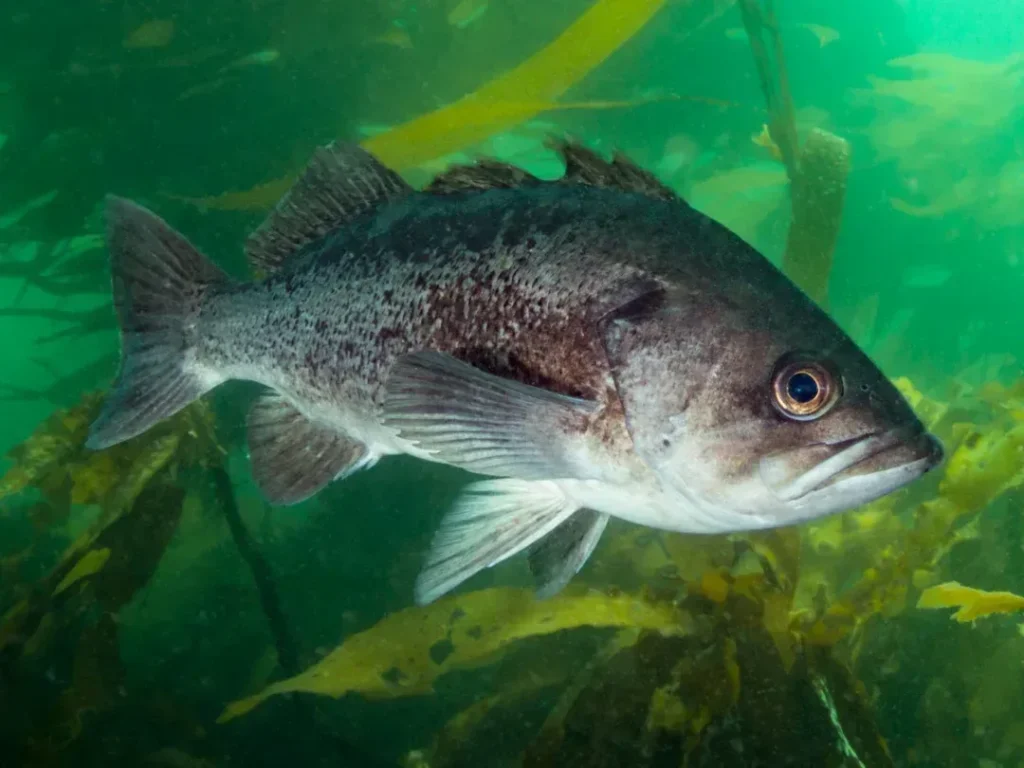
California sea cucumbers help keep the Aquarium and ocean clean. They use their sticky oral tentacles to grab and eat organic waste, like decaying algae or fish poop.
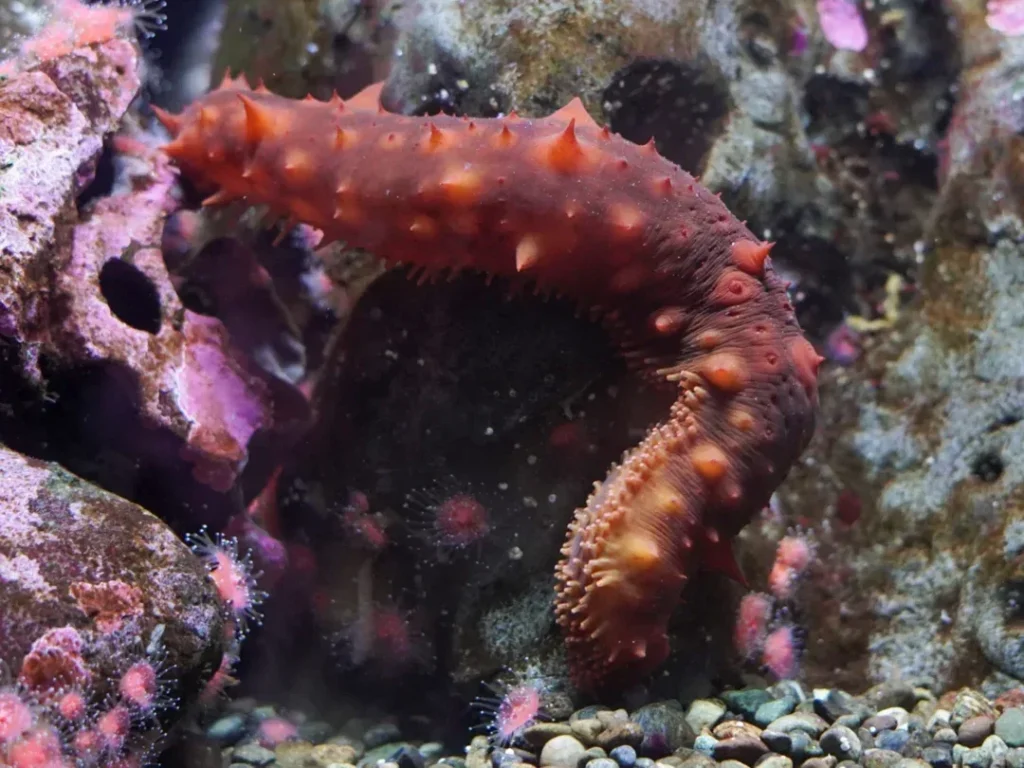
This fish is named after its large head, which it uses to eat mollusks, crustaceans and other fish. Males of this species guard their eggs—which are toxic to humans!
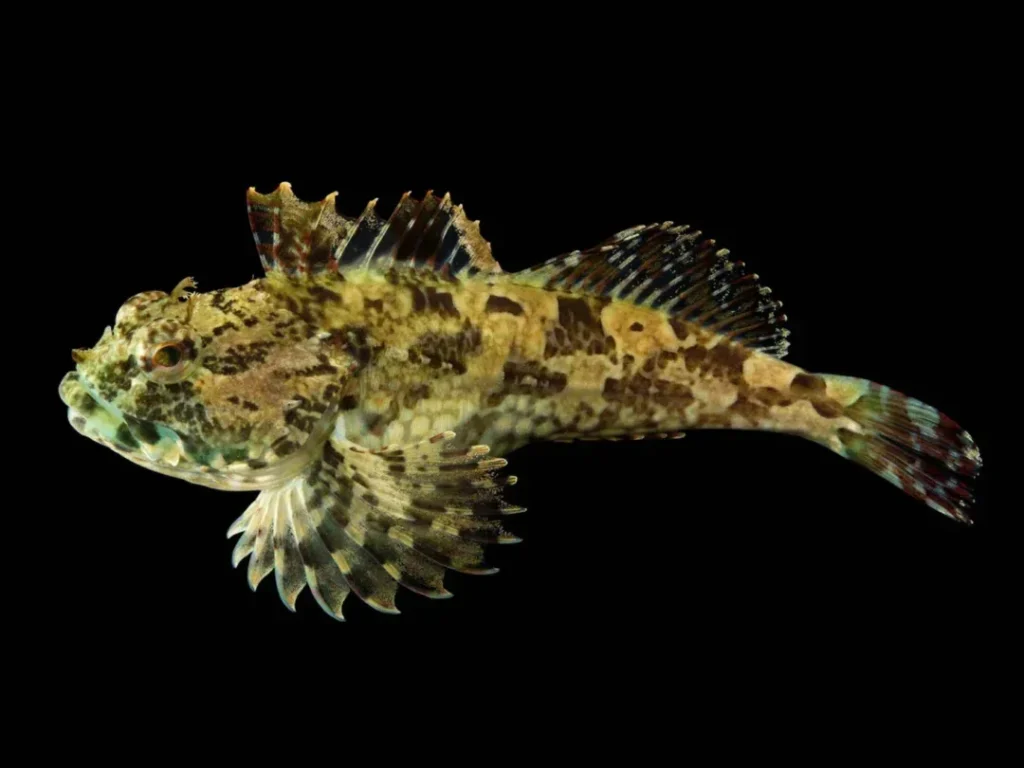
This fish is common in Puget Sound, where it sometimes hybridizes—or reproduces with a different species—with quillback and copper rockfishes.
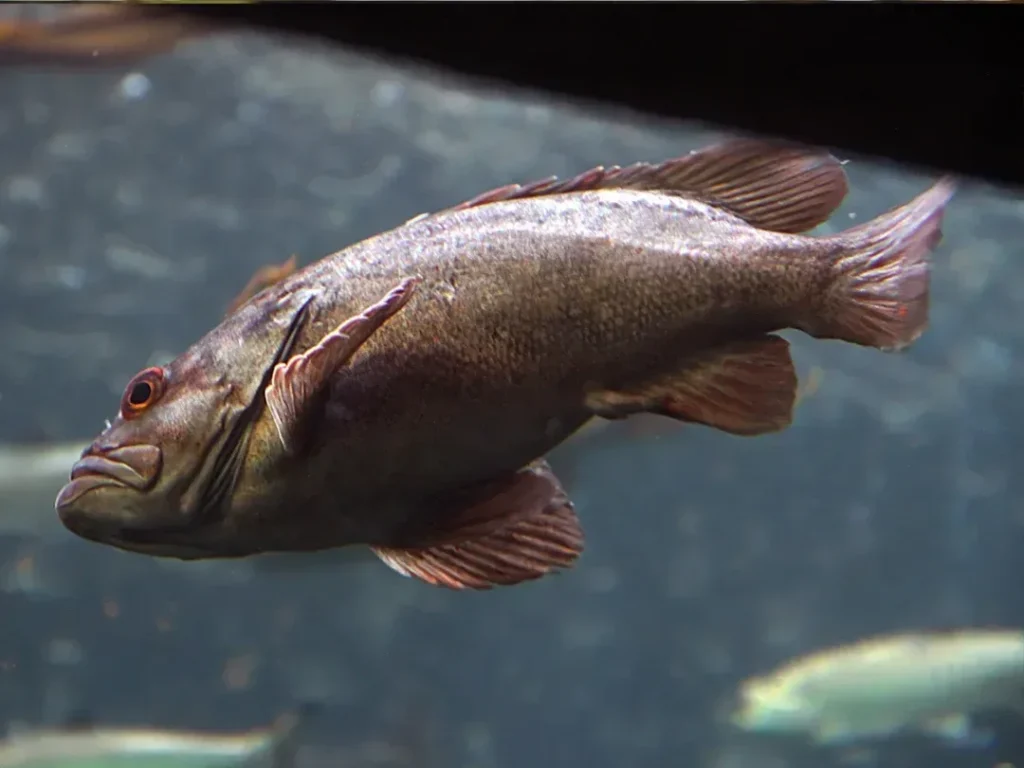
This colorful species is viviparous—meaning they give live birth! Mothers give birth to up to 90 new perch at a time.
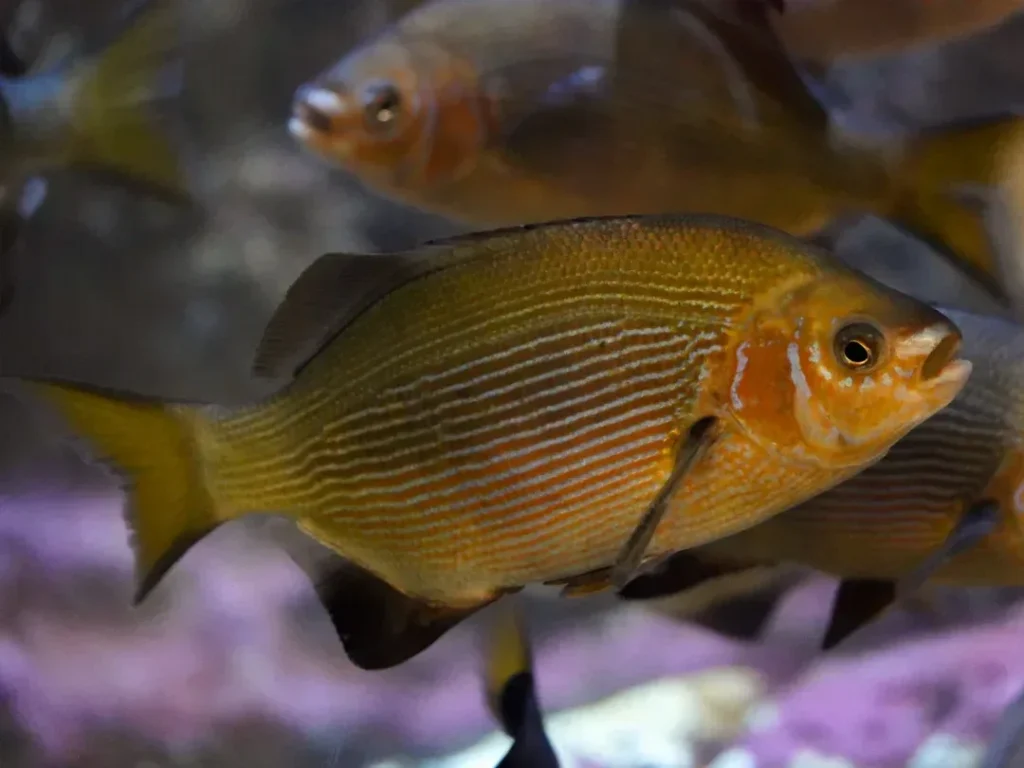
Our one-of-a-kind Underwater Dome provides a 360-degree view of undersea life in Puget Sound with a shifting seascape that mirrors a kelp forest. In this 400,000-gallon habitat, you’ll find some fascinating local species including salmon, rockfish, sturgeon, dogfish, wolf eels, sea cucumbers, anemones, urchins, chitons, sea stars and more!
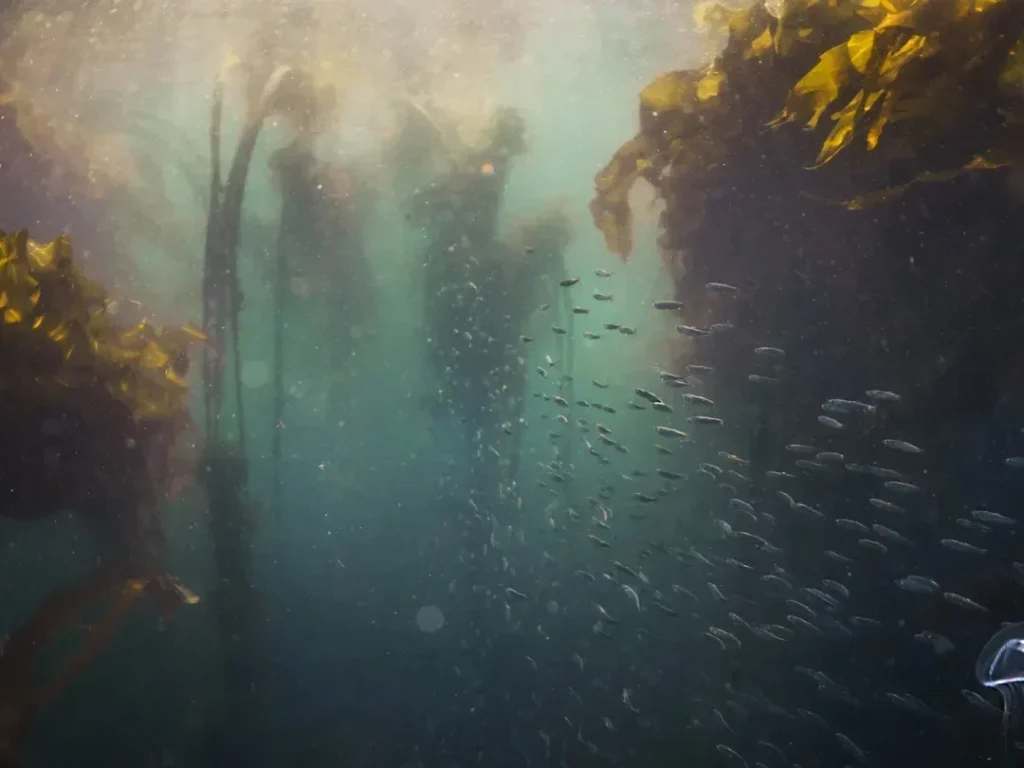
Plastic pollution: From microplastics to massive garbage patches, humanmade plastic debris is found throughout the ocean. When marine animals—including fish, birds and sea turtles—encounter plastic they can become hurt, entangled or accidentally ingest the debris, sometimes causing the animal’s death. Ingested plastics also travel up the marine food web—including to humans.
Kelp forests, like the one in this habitat, are important for the health of nearshore ecosystems. They provide food and habitat space for many species. The Seattle Aquarium uses remotely operated vehicles and artificial intelligence to survey the bull kelp forests of Elliot Bay and study what conditions are needed for kelp to thrive.